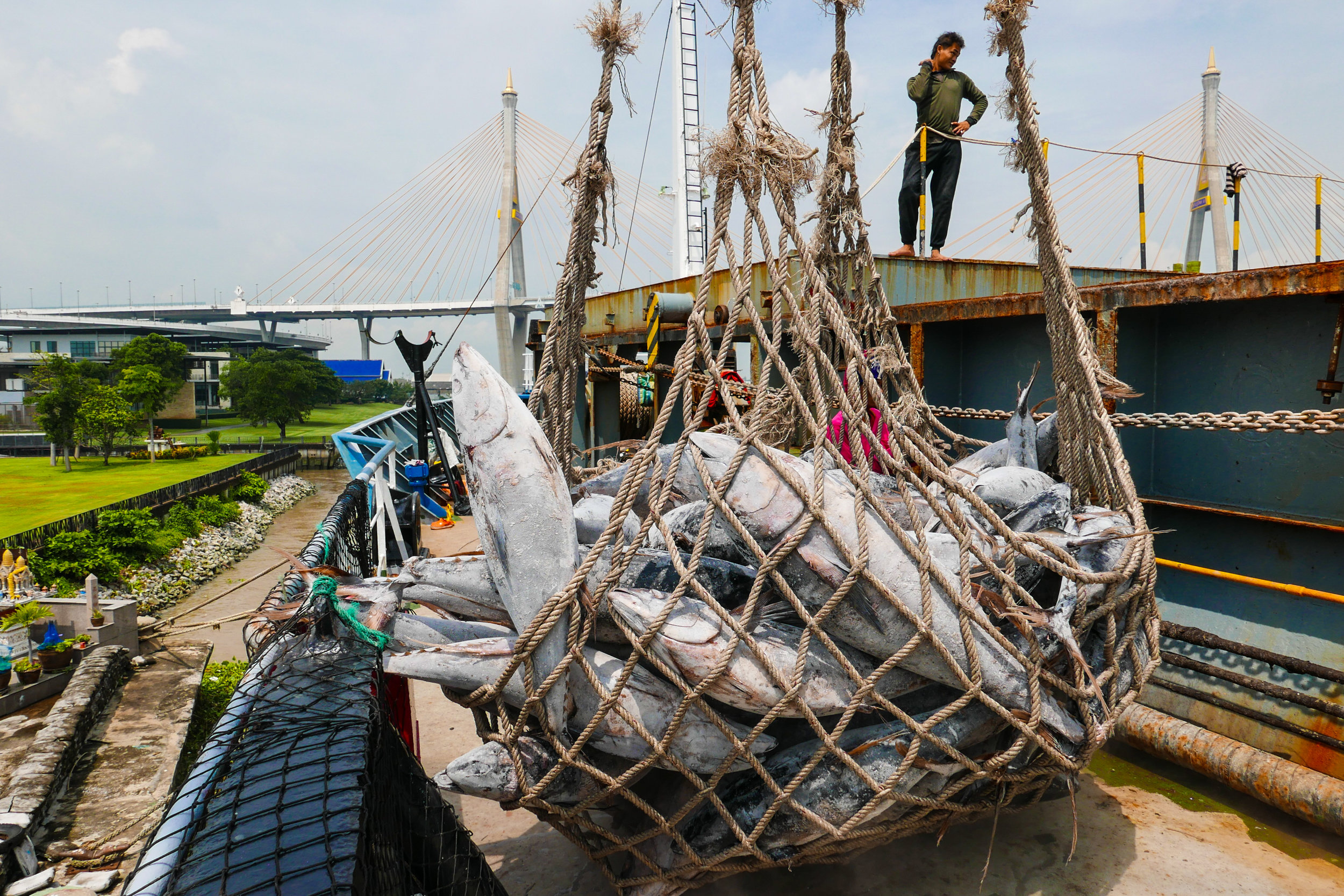As said many times before, I'm not only blown away by the number of readers* (see below) of this humble blog, but as well by the caliber and expertise of many of them. This is evidently when I get clarifications on stuff I published by totally disinterested contributions from some of the top experts in the tuna world. When I posted about the 2017 Pacific Tuna Forum, I quoted some figures for the economic value of the catches. Les Clark (a key advisor to PNA) very kindly provided me some further figures, that reflect more accurately the situation for the PICs. I quote them below:
The economic value of catches in 2016 was: USD 5.28 billion (PS: $2.84 billion and LL: $1.48 billion). Yet this is the value of the catch in the whole Western and Central Pacific Ocean. So it includes the value of catches in the waters of Indonesia and Philippines and the high seas as well catches in the waters of Japan and other countries in the WCPO.
The value of catches in the waters of the Pacific Islands FFA members (i.e.FFA waters excluding Australia and New Zealand) is estimated at $2.59 billion. This data, including the estimate of $5.28 billion for the WCPO comes from the very useful Value of WCPO tuna fisheries 2017 Excel files produced by Peter Terawasi from FFA and (available at https://www.ffa.int/node/425)
The $500 million that stays in the Pacific (that I quoted in the Tuna Forum post), is only for the government revenue from foreign vessels. On top of that, there are the broader economic benefits from domestic vessel operations including crew earnings, profits and various payments to government, provisionally estimated at around $350m for 2016.
So that means about $850m is retained of the $2.59b earned by vessels in Pacific Island waters – much of the rest is payments for fuel etc. This also doesn’t include the economic benefits from onshore processing, local purchases by vessels, etc.
Hence, in reality, the full picture of the benefits for the Pacific Island Countries is better than the one I portrayed. If all included we could be at a 30% retention of the total value, now if that is sufficient and fair is the kind of discussions I love to hear.
Fisheries Economics is a specialised topic I don't know much about, hence I have lots of respect for my colleagues in that area, and I follow their work with deep interest. At the end of the day, commercial fisheries are about money, and money decides fisheries politics.
* 17400 individual visitors in the last calendar year(4/10/16 to 4/10/17!!
from the analytics page of my hosting provider

